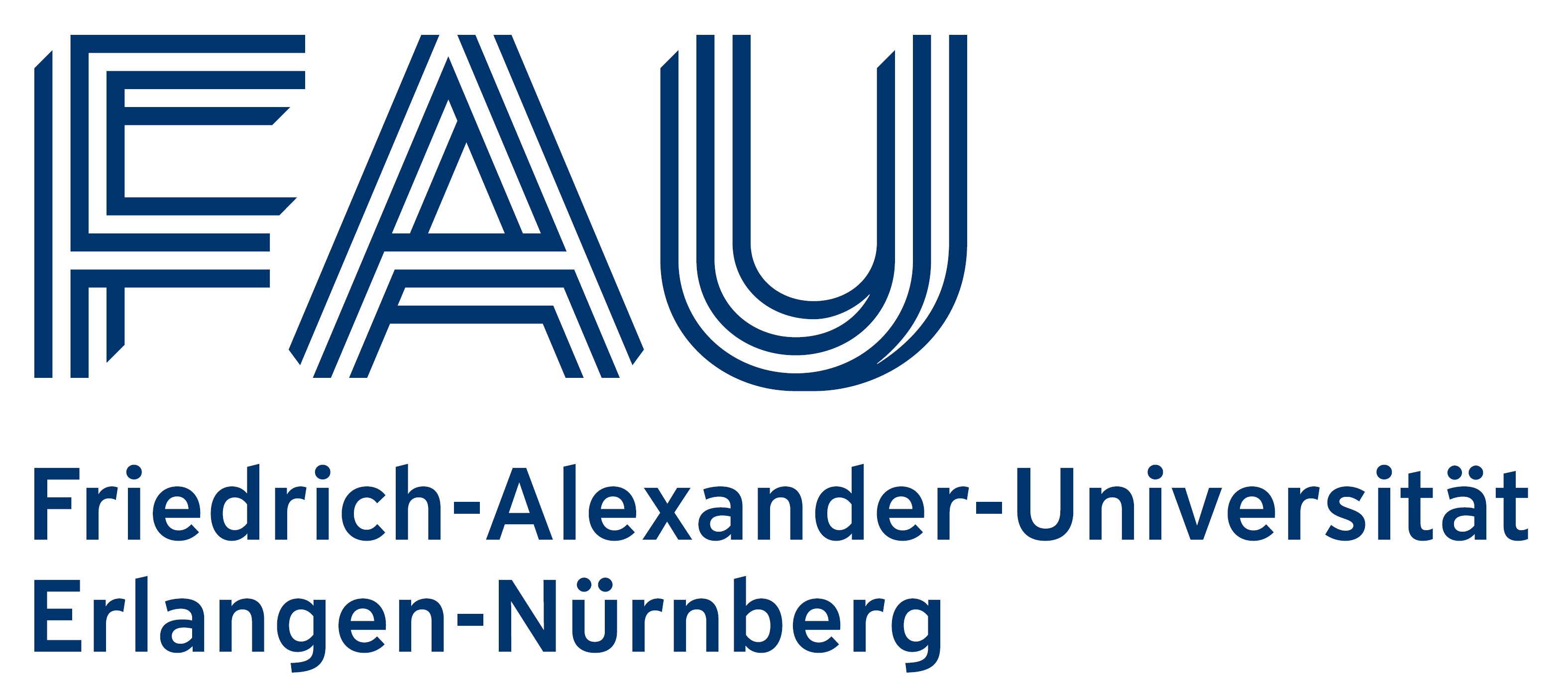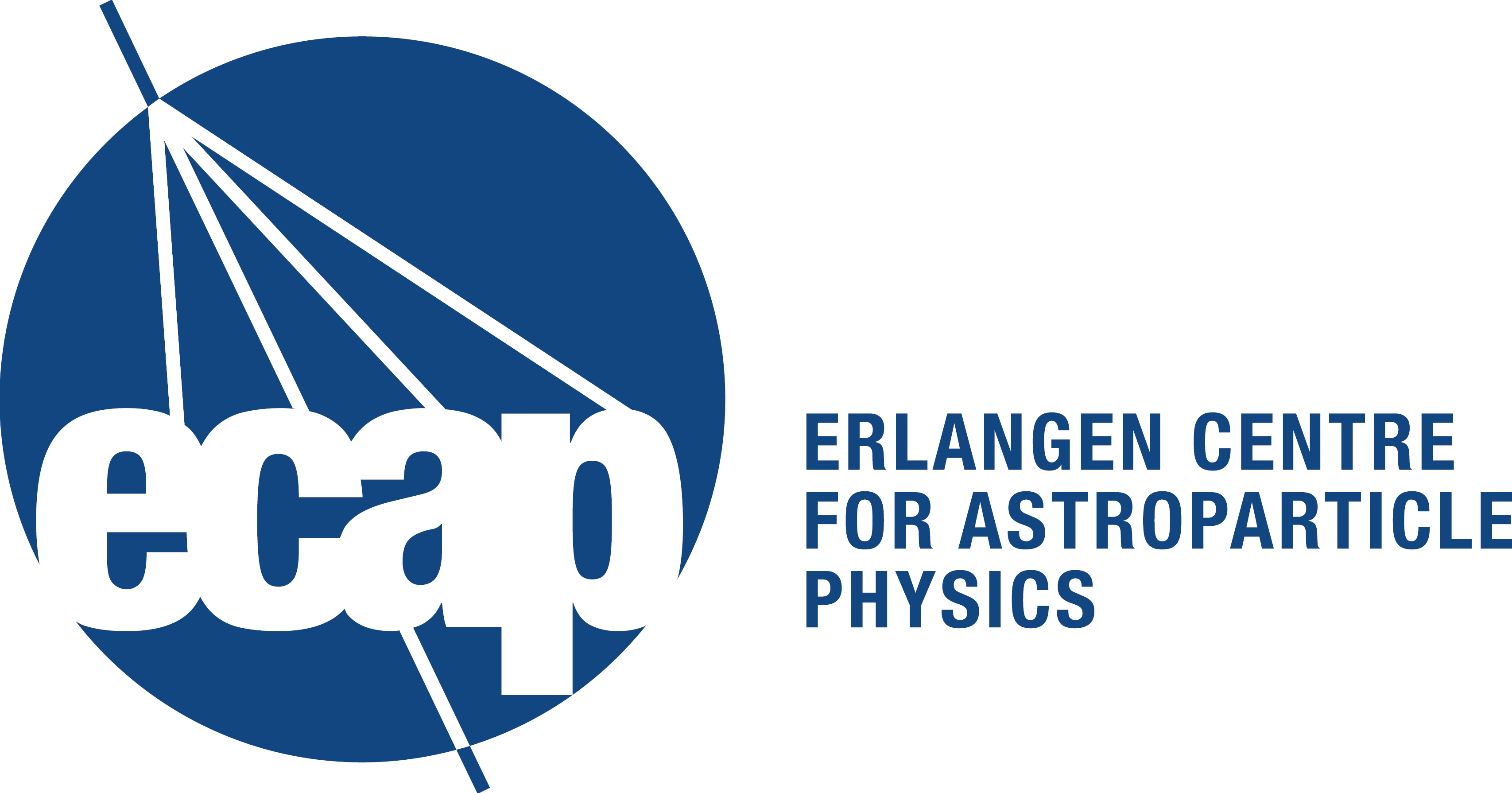- Indico style
- Indico style - inline minutes
- Indico style - numbered
- Indico style - numbered + minutes
- Indico Weeks View
Astroparticle School 2024
→
Europe/Berlin
Obertrubach-Bärnfels
Obertrubach-Bärnfels
Gasthof*** Drei Linden
Bärnfels-Dorfstr. 38
91286 Obertrubach
, , , ,
Description
This year's edition will be held from 7 to 15 October 2024.
As in previous years, it will be hosted by the "Gasthof Drei Linden" in Obertrubach-Bärnfels, a small village in the countryside near Erlangen.
The School imparts broad knowledge through dedicated lectures and presents scientific highlights in presentations of 90 minutes.
Furthermore, the participants will present and discuss their own work in afternoon talks.
Accomodation at the conference venue is included in participation of the event. You will find more detailed information about the school, accommodation, and the programme on this page as soon as it is ready.
Registration for this year has closed, but we might be able to provide last-minute spots. Please contact us by email if you are interested!
We also have a poster in PDF format available.
Lectures include:
- Philipp Eller (TU Munich): Statistics for experimental physicists
- Ralph Engel (KIT Cosmic): Rays and Air Shower Physics
- Alison Mitchell (FAU Erlangen-Nürnberg): Gamma-Ray Astronomy
- Juan Pablo Yanez (University of Alberta) and Lisa Schumacher (FAU Erlangen-Nürnberg): High-Energy Neutrinos
Invited Talks:
- Felix Kahlhöfer (KIT): Overview of particle dark matter models
- Nataliya Porayko (University of Milano Bicocca): Radio Astronomy
- Martin Rongen (FAU Erlangen-Nürnberg): Hardware knowledge for analysers
- Axel Schwope (AIP Potsdam): eRosita
Evening Lectures:
- Marc Hempel( PT.DESY): Research Funding in Germany & Europe
- Christian Stegmann (DESY): DZA: German Center for Astrophysics
- Doris Mischka (FAU Erlangen-Nürnberg ): Off-topic talk: Pre-History in central Europe
Mini Workshop:
- Anna Nelles (FAU Erlangen-Nürnberg): Proposal writing
as well as participants’ presentations.
Supported by



Surveys
A. Mitchell - Gamma rays
A. Nelles - Workshop: Proposal writing
A. Schwope - eROSITA
Christian Stegmann
D. Mischka - Offtopic history lecture
F. Kahlhöfer - Dark matter
General complaints from your side
J.P. Yanez, L. Schumacher - High-Energy Neutrinos
M. Hempel - Research Funding
M. Rongen - Hardware talk on PMTs
N. Porayko - Radio astronomy
Overall Feedback to the School
P. Eller - Statistics
R. Engel - Cosmic rays
Contact
